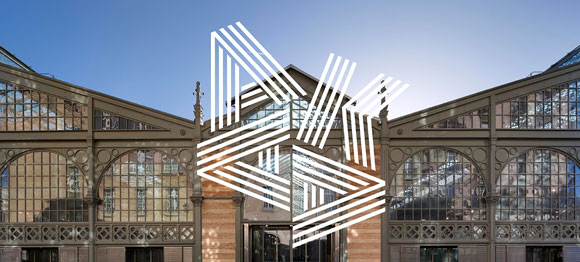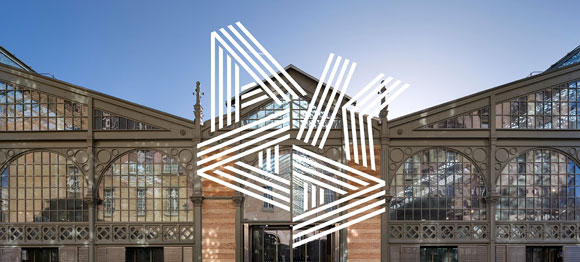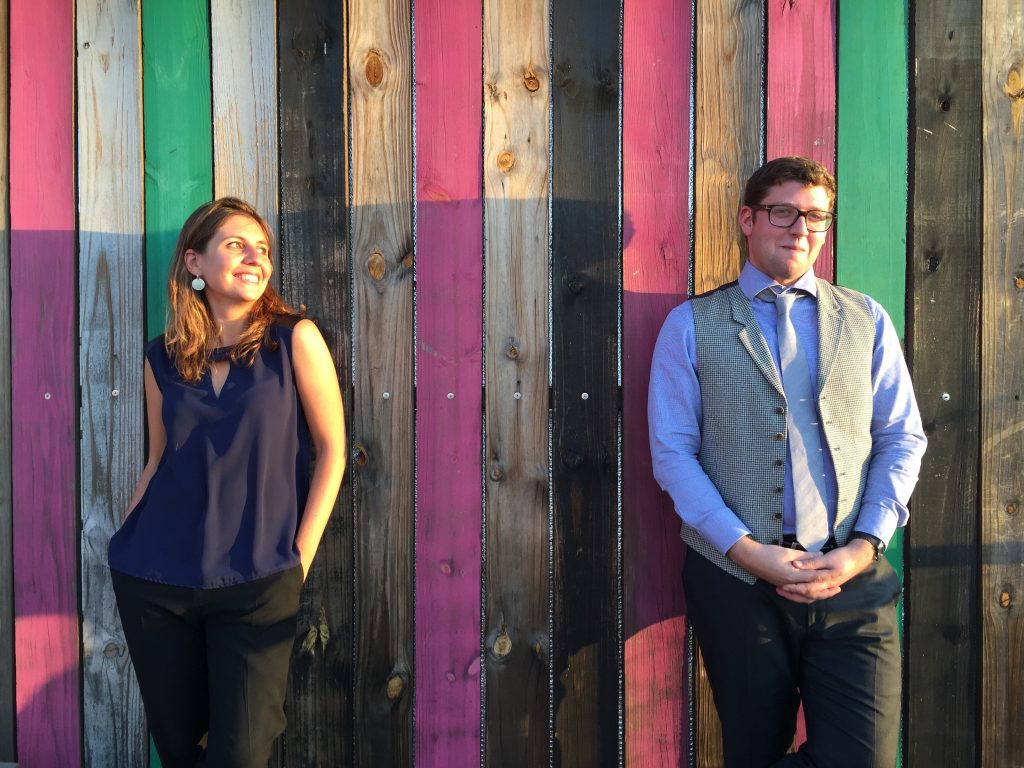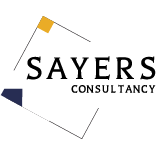
A bigger stage for contemporary African art.
As noted in an earlier post, “flourishing,” “burgeoning,” and “booming” are words now commonly used to describe the contemporary African art market. Here we highlight some of the trends driving – and being driven by – this upsurge in interest and enthusiasm from the perspective of art fairs held since the summer.
Larger fairs with more visitors.
In just four years, 1:54 Contemporary African Art Fair has more than tripled in size. The inaugural edition in 2013 presented 17 galleries in one wing of Somerset House in London; this autumn the fair took over the entire venue (including the courtyard for a site-specific sculpture) to accommodate the 40 participating galleries, 130 artists, and a record 17,000 visitors. Galleries from 25 countries have been featured at the fair so far. The upcoming 2017 Cape Town Art Fair (CTAF), slated for Feb. 17-19, has attracted the highest number of applications in the fair’s history. With more than 80 local and international exhibitors, up from 55 in 2016, this fifth edition promises to be bigger and much bolder in scope. For the “Tomorrows/Today” section, a key feature of the fair, CTAF’s new chief curator, Tumelo Mosaka, has chosen about ten emerging artists from Africa and its Diaspora for solo shows. The fair will also feature a new section in 2017 called “Unframed,” consisting of large sculptures and installations dispersed throughout the fair floor. This year FNB Joburg Art Fair featured 80 exhibitors from 17 countries. Attendance rose to 12,500, and sales totaled a record €2.8 million, compared with only €1.04 million four years ago.
New fairs.

New fairs are being organized both in and outside Africa in response to the excitement surrounding contemporary African art. Also Known As Africa (AKAA), the first art fair devoted to contemporary art and design from Africa to be held in Paris, hosted 29 galleries from 11 countries during the three and a half days, from Nov. 11 to 13. Its founder, Victoria Mann, had expressed hopes of welcoming between 5,000 and 8,000 visitors at the first edition in 2015, which was canceled because of the terrorist attacks in Paris. The fair this year sparked more enthusiasm than she expected: some 15,000 people attended. Art X Lagos (Nov. 4-6) featured a select group of galleries from ten countries in Africa and the Diaspora, presenting some 65 artists from Nigeria, Ghana, Cameroon, Mali, South Africa, Zimbabwe, and Egypt. ART X Lagos founder Tokini Peterside. ‘Our aim with Art X Lagos is to encourage greater patronage of artists across the board in Africa.” One way it did this was through the Collectors’ Series, a forum that engaged about 100 VIP art collectors on subjects such as collecting art as an asset. In a similar vein, artistic director Bisi Silva speaks of the development of “art ecosystem” both international and across the continent that would contribute to “the sustainability of artistic practice.” In Ghana, Art Accra hosted 25 galleries from Africa and elsewhere between Dec. 8 and 10. Boosting the new fair’s profile was a selection board made up of prominent figures in the world of contemporary African art: Oliver Enwonwu , Koyo Kouoh, Elikem Kuenyehia, and Ugochuwku Smooth Nzewi.
More galleries (some newly created) from more African countries.
At 1:54, out of the 40 galleries participating, 17 were doing so for the first time and 16 of the total were from the continent, including the newly created Gallery 1957 from Accra, Ghana. Cape Town Art Fair has more than 20 international galleries on the roster for 2017, but also many galleries that are the most representative of the African continent’s contemporary art scene, such as Addis Fine Art from Ethiopia, Afriart from Uganda, Art Twenty One from Nigeria, First Floor from Zimbabwe, and Galerie Cecile Fakhoury from Côte d’Ivoire in addition to the well-known South African players such as Stevenson, Goodman, MOMO, SMAC, Whatiftheworld, and Smith, among others. In another sign that the excitement around contemporary African art is gaining ground across the continent, FNB Joburg Art Fair chose to spotlight East Africa’s art scene in its Focus section, with Burundi, Kenya, Rwanda, Tanzania, Uganda, Ethiopia, Somalia and Sudan all represented. In Kenya, for example, where only a few galleries were found a short while ago, there is “a real blossoming of private galleries,” says Carol Lees, director of the One Off Contemporary Art Gallery in Nairobi. As for AKAA, founder Victoria Mann says, “one of the things that we’re proudest of is that half of the exhibitors come from Africa. So this isn’t just a fair with European and American galleries which show African artists.”

Next on the Paris calendar is Art Paris Art Fair (30 March-2 April), where the focus this year will be on Africa. Curator Marie-Ann Yemsi promises an “off the beaten path” approach, including a space devoted to video artists.
Also in Paris, there is talk of three exhibitions of contemporary African art being mounted at the Fondation Louis Vuitton next spring, including one presenting works from the collection of Jean Pigozzi, one of the largest in the world.

